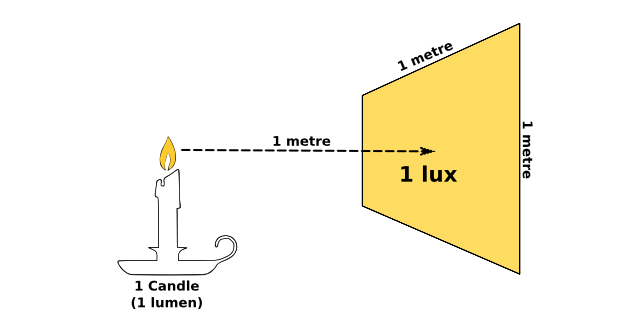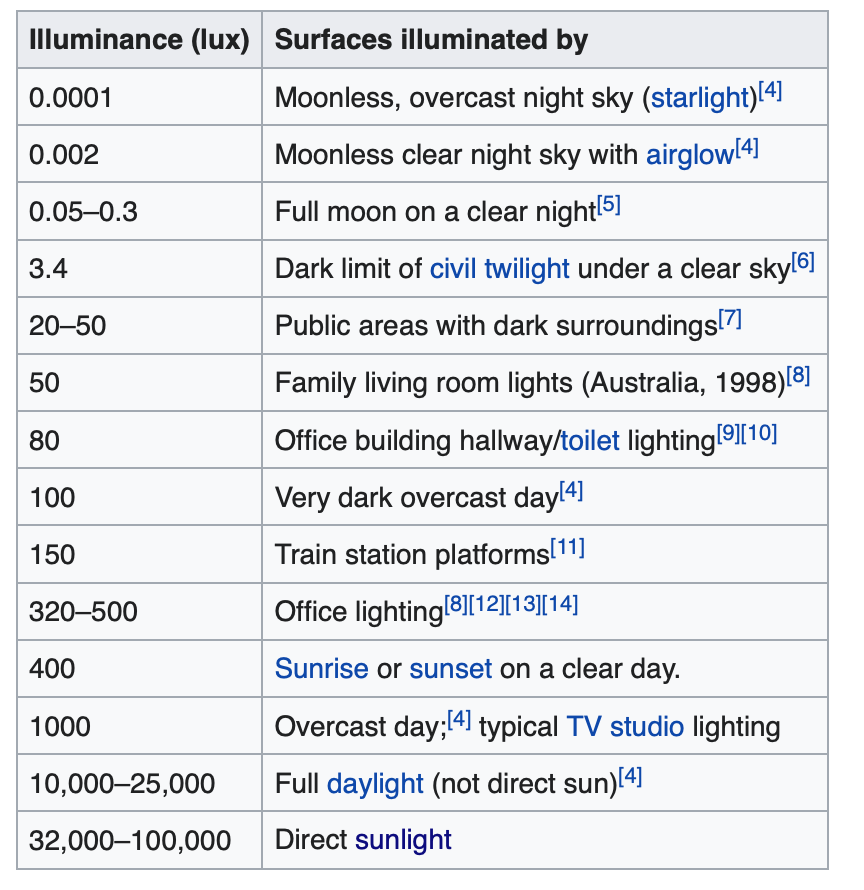This week’s curiosity box includes,
1 – What is the physics and chemistry behind baking?
2 – How does light therapy help with SAD?
3 – Why do people pay 1 rupee more – any reason behind the tradition?
1 – What is the physics and chemistry behind baking?
This week, I gave baking a shot. And as you might have thought, it was not successful. The first one was gooey with a hard crust and the second one was decent but not as sweet as it should be. I found sifting through the multitude of recipes and the various measuring systems challenging. I decided to take a step back to understand the science behind baking. It is fascinating.
I picked up three critical stages in baking the perfect cake.
1 – Creaming – getting the air in.
A cake is soft and fluffy because of the air bubbles trapped inside the mix. The first step in achieving that is by whisking butter and sugar. The hard crystals (sugar) act like mini shovels to break the fat molecules and allow air to get in. The smaller the sugar crystal and the longer you whisk, the more air pockets can be created.
2 – Folding – obtaining structure.
The next step is to preserve these mini air pockets using flour and eggs. Adding the flour helps give the cake structure – a network that connects the different air pockets. Next, come in beaten eggs. The protein from the eggs forms a layer around the air pockets. The benefit of this comes when we put the cake in the oven.
The chef’s recommendation is to fold a cake once you add the flour in. Folding ensures you don’t break too many air bubbles. However, over folding leads to gluten build-up, which is a whole new topic on its own.
3 – Baking
Two foundational chemical reactions occur here – Charles’ law and the Maillard reaction.
A simplified explanation: Charles’ law states that at constant pressure, the volume of an ideal gas increases as temperature increases. Charles’ law reaction kicks in and allows the cake to rise (yum). A couple of more reactions help achieve a more fluffy cake. Firstly, the baking powder or yeast you might add reacts with the water molecules and heat to release carbon dioxide (more air to make the cake fluffy). Secondly, the water molecules themselves vaporises (creating more fluffiness).
Finally, the mix begins to brown due to the Maillard reaction. This is the point you decide if you would like to take the cake out, allow it to cool, and eat till your heart is full.
Now that I know the science, I think my attempt #3 should be better. Of course, not to negate the practice and patience that would need to go in.
2 – How does lamp therapy help with SAD?
The clocks have been adjusted, spring is here, no more SAD – ness. I guess.
A few people experience depression, anxiety, moodiness, and apathy towards life during the winter months. This condition is known as Seasonal Affective Disorder (SAD). Doctors and scientists believe that SAD occurs because of a chemical imbalance – higher melatonin (the hormone that makes us sleepy), lower serotonin (the hormone responsible for mood, appetite, and sleep), and the circadian body rhythm (internal body clock). This chemical imbalance occurs because the hypothalamus stops functioning the way it should.
Even though there is a correlation between the chemical imbalance and low sunlight levels, scientists are yet to figure out the exact factors that cause SAD. Despite the need for more research, one of the recommended treatment methods is light therapy.
Not so much a placebo – How effective will a lamp be?
“Light therapy is a way to treat the seasonal affective disorder (SAD) and certain other conditions by exposure to artificial light. During light therapy, you sit or work near a device called a light therapy box. The box gives off bright light that mimics natural outdoor light.”
Mayo Clinic

Two fundamental SI units to measure lights are lumen and lux. The lumen (lm) measures the total amount of light emitted by a light source, and the lux (lx) corresponds to the illumination obtained on the surface. (lux = lumens/m2).
Image source: Green Business Light UK
A lamp with 1000 lumen on 1 sq.m would give 1000 lux. The same lamp would give 100 lux on 10 sq.m.
The light therapy lamp needs to be as effective as the sun. A simple comparison reveals that it is near impossible to mimic nature.

To have a full daylight scenario, the lamp is designed to give 10,000 lux. The only way you can achieve that is by having the lamp close to your face. No matter how much light you give yourself, you will always know that it is not real. And how long can you have your face right next to bright light? There is no conclusive result to prove that light therapy cures SAD. Furthermore the whole experience can be uncomfortable.
So is it really effective? Maybe your comments will spark an idea for me.
3 – Why do people pay 1 rupee more – any reason behind the tradition?
If you are from an Indian household, you might have noticed elders always adding an extra rupee to a cash gift such as 101, 501, 1001, or even 10001, especially to newlyweds.
Why the +1?
I could not refer to any ancient texts I could refer to. The many reasons I gathered from the internet have a religious, philosophical, or practical perspective.
Nevertheless, I appreciate the custom more. Here are my top three reasons I liked the most.
1 – Blessings matter more than the amount.
Cash gifts depend on your capacity. If you are more affluent and more generous, you might give a bigger sum. However, elders wanted to impart the value that people and their blessings mattered more than the total amount of cash they gave. The +1 rupee symbolised a person’s blessings. By counting the number of coins, one could literally count their blessings.
2 – Being one and for each other
It is straightforward to split 500 or 1000 into two. By adding the extra rupee, elders implicitly indicated that the gift should not be divided and used together. The action also was to drive home the point that life is to be shared and enjoyed as one couple, not two separate individuals from that point onwards.
Please don’t argue that 101 can be divided into two 50.5s. I recommend you to take the underlying meaning alone.
3 – A practical point of view.
Back in the day after the wedding, the wedding procession had to travel by bullock cart to go back after the wedding. During the travel, they had to pass through other villages and pay a toll when they did so. It was easy to pay the toll amount with the spare change they got as gifts.
Its nice to bake or cook not just by the recipes but also with the scientific explanations behind !!
Yes…we do follow gifting plus one….never actually thought why !!!
Nice article 👍